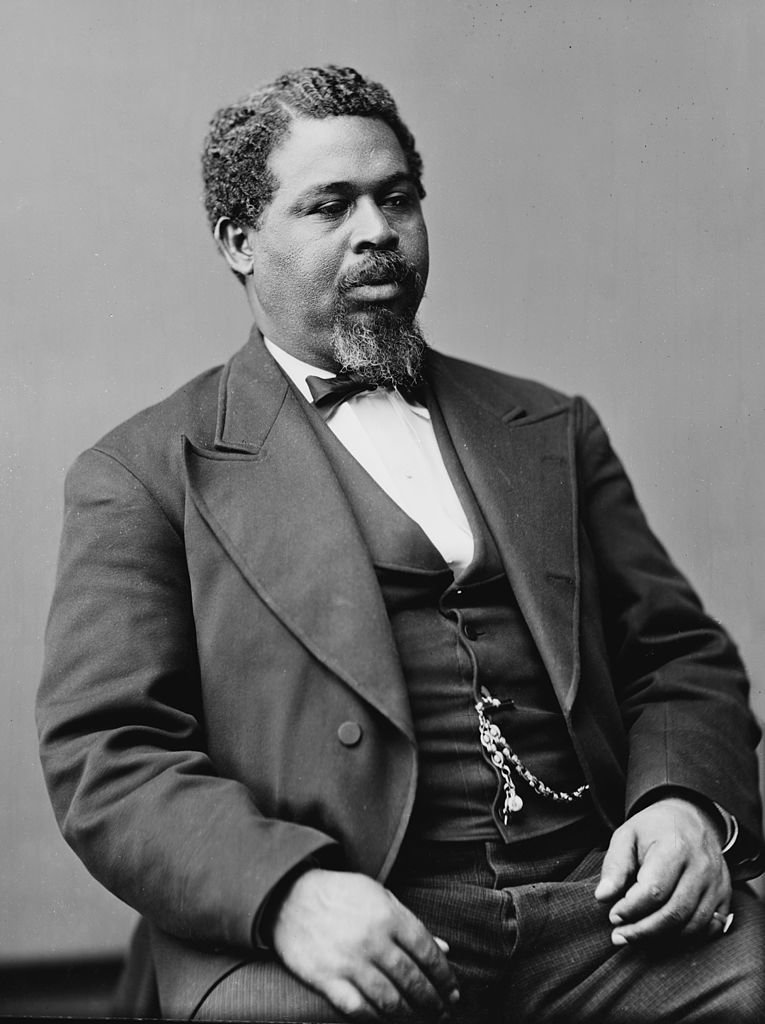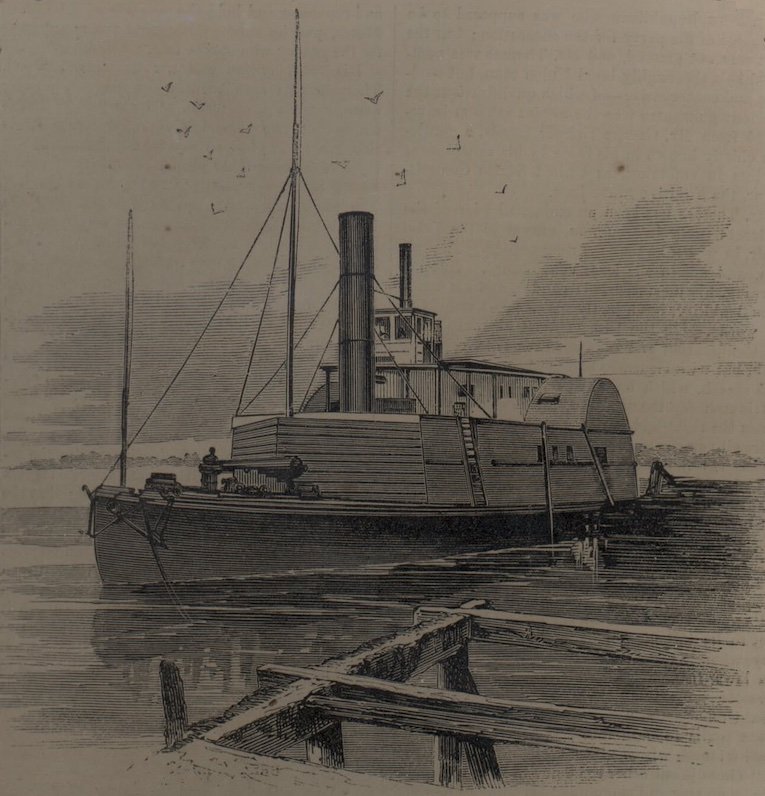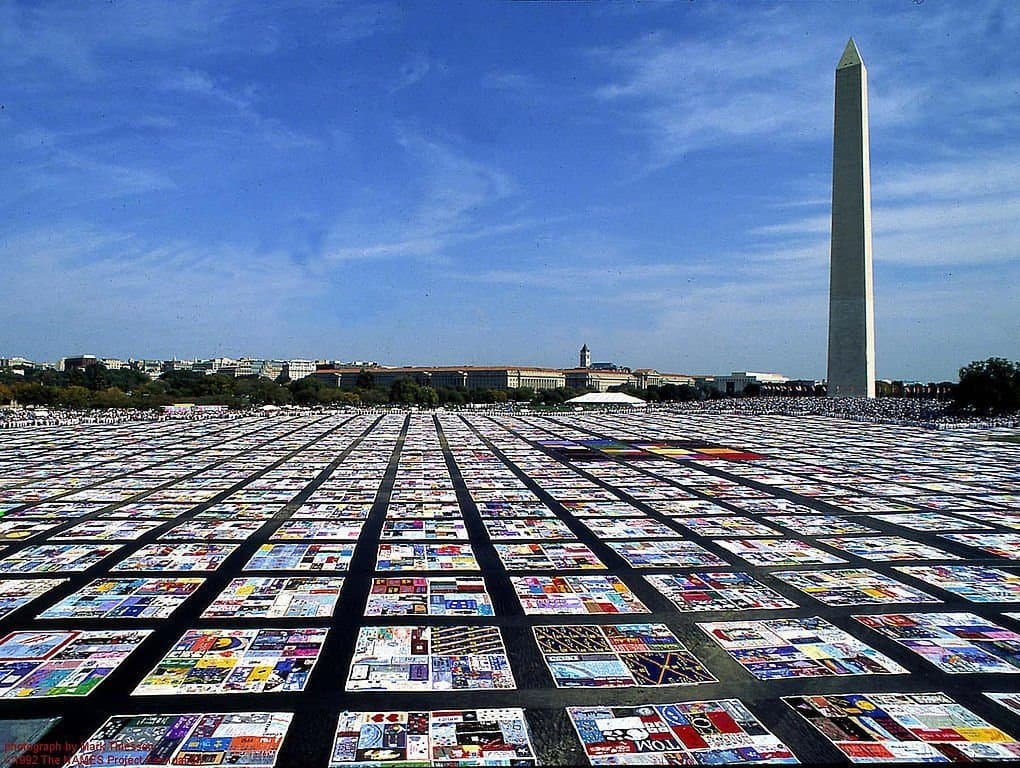Latif Nasser: You have no idea where camels really come from @ TED Talks Live
TED Talks Live were held at The Town Hall Theater in NYC, in November of 2015. I had the pleasure of attending all six nights to hear speakers present impactful Ideas Worth Spreading. This post is an analysis of a talk by Latif Nasser about a journey of scientific discovery that can help us to see the world anew.
Watch Latif’s TED Talk. You can feel his enthusiasm throughout the story. His vocal variation, facial expressions and body movements convey emphasis at every turn. This is an unusual presentation, structured as an interview, but there’s much you can learn about how to create and tell an impactful story.
Transcript
(my notes in red)
So, this is a story about how we know what we know. It’s a story about this woman, Natalia Rybczynski. She’s a paleobiologist, which means she specializes in digging up really old dead stuff.
I always tell storytellers not to open their narrative with the phrase ‘this is a story about’, as it’s usually better to let that information come out in the talk. But in the vein of ‘rules are meant to be broken’, the practice can be successful when there’s mystery attached to the statement. Latif’s opening line is simply stated, yet contains that sense of mystery and therefore it quickly grabs our attention.
(Audio) Natalia Rybczynski: Yeah, I had someone call me “Dr. Dead Things.”
Using audio clips within a story is unusual, but it can add impact when it allows someone else to speak – we hear the story in their own words – or adds information best delivered by that person. But the main reason Latif has chosen to use audio within his talk is that he works in radio, so it makes perfect sense to simulate his natural environment.
And I think she’s particularly interesting because of where she digs that stuff up, way above the Arctic Circle in the remote Canadian tundra. Now, one summer day in 2006, she was at a dig site called the Fyles Leaf Bed, which is less than 10 degrees latitude away from the magnetic north pole.
Latif not only tells us who the main character is in his story (Natalia) but takes us to a specific year (2006), a time of year (summer), a general area (Arctic Circle / remote Canadian tundra), and a specific place (dig site). In just 40 seconds.
(Audio) NR: Really, it’s not going to sound very exciting, because it was a day of walking with your backpack and your GPS and notebook and just picking up anything that might be a fossil.
And at some point, she noticed something.
(Audio) NR: Rusty, kind of rust-colored, about the size of the palm of my hand. It was just lying on the surface.
And at first she thought it was just a splinter of wood, because that’s the sort of thing people had found at the Fyles Leaf Bed before — prehistoric plant parts. But that night, back at camp …
(Audio) NR: … I get out the hand lens, I’m looking a little bit more closely and realizing it doesn’t quite look like this has tree rings. Maybe it’s a preservation thing, but it looks really like … bone.
Huh. So over the next four years, she went to that spot over and over, and eventually collected 30 fragments of that exact same bone, most of them really tiny.
(Audio) NR: It’s not a whole lot. It fits in a small Ziploc bag.
And she tried to piece them together like a jigsaw puzzle. But it was challenging.
The mystery continues, as it’s not clear what Natalia has found. Too often storytellers unravel a mystery too quickly, but in this story, the audience is moved along step by step.
(Audio) NR: It’s broken up into so many little tiny pieces, I’m trying to use sand and putty, and it’s not looking good. So finally, we had a 3D surface scanner.
Ooh! NR: Yeah, right?
It turns out it was way easier to do it virtually.
(Audio) NR: It’s kind of magical when it all fits together.
How certain were you that you had it right, that you had put it together in the right way? Was there a potential that you’d put it together a different way and have, like, a parakeet or something?
(Audio) NR: (Laughs) Um, no. No, we got this.
What she had, she discovered, was a tibia, a leg bone, and specifically, one that belonged to a cloven-hoofed mammal, so something like a cow or a sheep. But it couldn’t have been either of those. It was just too big.
(Audio) NR: The size of this thing, it was huge. It’s a really big animal.
So what animal could it be? Having hit a wall, she showed one of the fragments to some colleagues of hers in Colorado, and they had an idea.
(Audio) NR: We took a saw, and we nicked just the edge of it, and there was this really interesting smell that comes from it.
By this point the addition of Natalia’s narrative almost has her on stage, as though the interview is happening in front of the audience.
It smelled kind of like singed flesh. It was a smell that Natalia recognized from cutting up skulls in her gross anatomy lab: collagen. Collagen is what gives structure to our bones. And usually, after so many years, it breaks down. But in this case, the Arctic had acted like a natural freezer and preserved it.
Then a year or two later, Natalia was at a conference in Bristol, and she saw that a colleague of hers named Mike Buckley was demoing this new process that he called “collagen fingerprinting.” It turns out that different species have slightly different structures of collagen, so if you get a collagen profile of an unknown bone, you can compare it to those of known species, and, who knows, maybe you get a match.
Departing from Natalia’s journey, Latif includes a science story block that describes a revolutionary process which provides a turning point in the story.
So she shipped him one of the fragments, FedEx.
(Audio) NR: Yeah, you want to track it. It’s kind of important.
And he processed it, and compared it to 37 known and modern-day mammal species. And he found a match. It turns out that the 3.5 million-year-old bone that Natalia had dug out of the High Arctic belonged to … a camel.
(Audio) NR: And I’m thinking, what? That’s amazing — if it’s true.
So they tested a bunch of the fragments, and they got the same result for each one. However, based on the size of the bone that they found, it meant that this camel was 30 percent larger than modern-day camels. So this camel would have been about nine feet tall, weighed around a ton.
Yeah. Natalia had found a Giant Arctic camel.
The mystery is solved, and Latif delivers the line emphatically, which results in laughter. Had the sentence been delivered in a monotone fashion it would have been received as another bit of data. Revelations within a story are often presented in this dramatic fashion. So much has been revealed in his story, but we’re less than half way through. We wonder what’s next.
Now, when you hear the word “camel,” what may come to mind is one of these, the Bactrian camel of East and Central Asia. But chances are the postcard image you have in your brain is one of these, the dromedary, quintessential desert creature — hangs out in sandy, hot places like the Middle East and the Sahara, has a big old hump on its back for storing water for those long desert treks, has big, broad feet to help it tromp over sand dunes. So how on earth would one of these guys end up in the High Arctic?
Well, scientists have known for a long time, turns out, even before Natalia’s discovery, that camels are actually originally American. They started here. For nearly 40 of the 45 million years that camels have been around, you could only find them in North America, around 20 different species, maybe more.
(Audio) LN: If I put them all in a lineup, would they look different?
NR: Yeah, you’re going to have different body sizes. You’ll have some with really long necks, so they’re actually functionally like giraffes.
Some had snouts, like crocodiles.
(Audio) NR: The really primitive, early ones would have been really small, almost like rabbits.
What? Rabbit-sized camels?
(Audio) NR: The earliest ones. So those ones you probably would not recognize.
Oh my God, I want a pet rabbit-camel.
(Audio) NR: I know, wouldn’t that be great?
Within the science, we have a historical story block that continues below. Taking us back in time allows us to imagine the evolution that occurred. This could apply to many topics and gives the listener a frame of reference that extends beyond the current moment.
And then about three to seven million years ago, one branch of camels went down to South America, where they became llamas and alpacas, and another branch crossed over the Bering Land Bridge into Asia and Africa. And then around the end of the last ice age, North American camels went extinct.
So, scientists knew all of that already, but it still doesn’t fully explain how Natalia found one so far north. This is, temperature-wise, the polar opposite of the Sahara. Now to be fair, three and a half million years ago, it was on average 22 degrees Celsius warmer than it is now. So it would have been boreal forest, so more like the Yukon or Siberia today. But still, they would have six-month-long winters where the ponds would freeze over. You’d have blizzards. You’d have 24 hours a day of straight darkness. How is it that one of these Saharan superstars could ever have survived those arctic conditions?
We’re now on to mystery number two. It’s not uncommon for the solving of one question to raise a subsequent question. By stating that question implicitly, the narrative shift is clear.
Natalia and her colleagues think they have an answer. And it’s kind of brilliant. What if the very features that we imagine make the camel so well-suited to places like the Sahara, actually evolved to help it get through the winter? What if those broad feet were meant to tromp not over sand, but over snow, like a pair of snowshoes? What if that hump — which, huge news to me, does not contain water, it contains fat — was there to help the camel get through that six-month-long winter, when food was scarce?
And then, only later, long after it crossed over the land bridge did it retrofit those winter features for a hot desert environment? For instance, the hump may be helpful to camels in hotter climes because having all your fat in one place, like a fat backpack, means that you don’t have to have that insulation all over the rest of your body. So it helps heat dissipate easier. It’s this crazy idea, that what seems like proof of the camel’s quintessential desert nature could actually be proof of its High Arctic past.
Now, I’m not the first person to tell this story. Others have told it as a way to marvel at evolutionary biology or as a keyhole into the future of climate change. But I love it for a totally different reason. For me, it’s a story about us, about how we see the world and about how that changes. So I was trained as a historian. And I’ve learned that, actually, a lot of scientists are historians, too. They make sense of the past. They tell the history of our universe, of our planet, of life on this planet. And as a historian, you start with an idea in your mind of how the story goes.
While Latif does not go into any detail, just the mention that he was trained as a historian gives us a sense of who he is and why he’s interested in the topic to begin with. And he also makes the connection between history and story, which is something we naturally do has humans.
(Audio) NR: We make up stories and we stick with it, like the camel in the desert, right? That’s a great story! It’s totally adapted for that. Clearly, it always lived there.
But at any moment, you could uncover some tiny bit of evidence. You could learn some tiny thing that forces you to reframe everything you thought you knew. In this case, this one scientist finds this one shard of what she thought was wood, and because of that, science has a totally new and totally counterintuitive theory about why this absurd Dr. Seuss-looking creature looks the way it does. And for me, it completely upended the way I think of the camel. It went from being this ridiculously niche creature suited only to this one specific environment, to being this world traveler that just happens to be in the Sahara, and could end up virtually anywhere.
At this point we hear the true reason for Latif telling this story. In this case it’s about scientific discovery, but in the larger perspective, it’s about all of us. That our lives can be different based on the smallest bit of wisdom. It says that we don’t know where life will take us, but maybe, just maybe, it will take us on an amazing journey of discovery.
This is Azuri. Azuri, hi, how are you doing? OK, here, I’ve got one of these for you here.
So Azuri is on a break from her regular gig at the Radio City Music Hall.
That’s not even a joke. Anyway —
But really, Azuri is here as a living reminder that the story of our world is a dynamic one. It requires our willingness to readjust, to reimagine.
Right, Azuri?
And, really, that we’re all just one shard of bone away from seeing the world anew.
Bringing a camel on stage is not something that many of us could pull off, and it’s done for dramatic and humorous effect in Latif’s story, but he uses the visual of a live camel to bring home his message once again – that we can see the world anew.
Thank you very much.
Note Latif’s facial expressions, use of his hands and sound of his voice. All are expressive, which adds emphasis when he’s being serious, as well as when he’s being humorous. You can also see his head turn from side to side in order to address the entire audience. He doesn’t need to move about the stage, or even across the red circle. His connection to the audience is brilliant.
[Note: all comments inserted into this transcript are my opinions, not those of the speaker, the TED organization, nor anyone else on the planet. In my view, each story is unique, as is every interpretation of that story. The sole purpose of these analytical posts is to inspire a storyteller to become a storylistener, and in doing so, make their stories more impactful.]
contact me to discuss your storytelling goals!
◆
Subscribe to our newsletter for the latest updates!
Copyright Storytelling with Impact – All rights reserved



